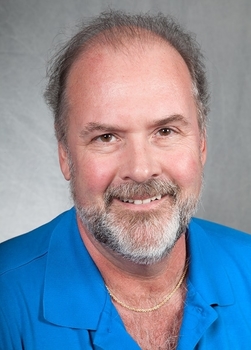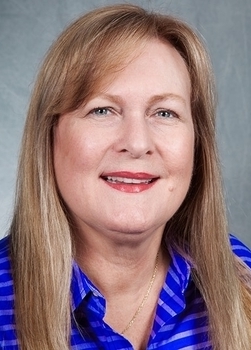I was recently contemplating a question commonly asked by our clients – which alternative is best? For example, a client recently asked, “We can call the situation a complication, we can call it unforeseen, we can call it an accident; which is best?” For whatever reason that day, my mind did, as it often does, thought of song lyrics. So, with apologies to Led Zeppelin, I’ll reveal that what I thought of were the words to one of the top songs of all time (“Stairway to Heaven”), which goes like this:
Yes, there are two paths you can go by
But in the long run
There’s still time to change the road you’re on…
The question of which path to take has been asked of trial consultants since the beginning of the field, I’m sure. Which theory works? How much do we place blame on one party or another? How much comparative fault can we put onto the plaintiff? Which defendant do we want to target? You get the idea. There are paths, often more than 2, but in a trial, the attorneys must make a choice. But, which one? How do they map the path, a path that might have some curves, and not be a straight line? Well, if you are reading this, you might guess my answer is to conduct a mock jury trial, a mock arbitration, a mock bench trial, or a mock mediation. Conducting this type of research helps draw the map by determining what is likely to be the most successful path. Trials can venture into, literally, uncharted territory. Going in with a guess, based on prior cases, may or may not get one to the desired destination. In a world without GPS devices, research provides direction. It ensures the right path will be taken. Rock on.
Kudos to David for quoting lyrics of a Led Zeppelin song! Yes, there are two (or more) paths one can take, such that deciding which path will result in the best litigation outcome is often difficult for Magnus’ clients and other attorneys. Generally speaking, Magnus is in the business of using social science research to direct our clients toward the correct litigation path. However, just as the old saying goes, “You can lead a horse to water, but you can’t make him drink,” we cannot force our clients to take the right path. We can conduct the best possible scientific research on our clients’ cases, then explain the results in ways they, as non scientists, will understand, and finally, we can suggest the best course or action, or path, for their mediation, arbitration, or trial. After doing all of these things, we have to sit back and hope the attorneys will follow our recommendations, thereby taking the right path toward resolving their case on behalf of their clients. Invariably, I am challenged by some clients who, despite having new knowledge about the likely outcome of their mediation, arbitration, or trial, fall into the trap of confirmation bias, leading them to discount this new information in favor of their initial, but incorrect, beliefs. Confirmation bias is a dangerous way to view the world, in that it subjects the perceiver into interpreting new information in ways that fit their pre-existing beliefs. As much as I try, sometimes with more patience than others, to explain to a client that the way he/she has been viewing the case is mostly wrong, based on what all of us have learned (or should have learned) from our research endeavor, certain attorneys are too invested in their original view to change their litigation path. Yes, there are two paths you can go by. Let me help you take the right one.



Comments are closed.